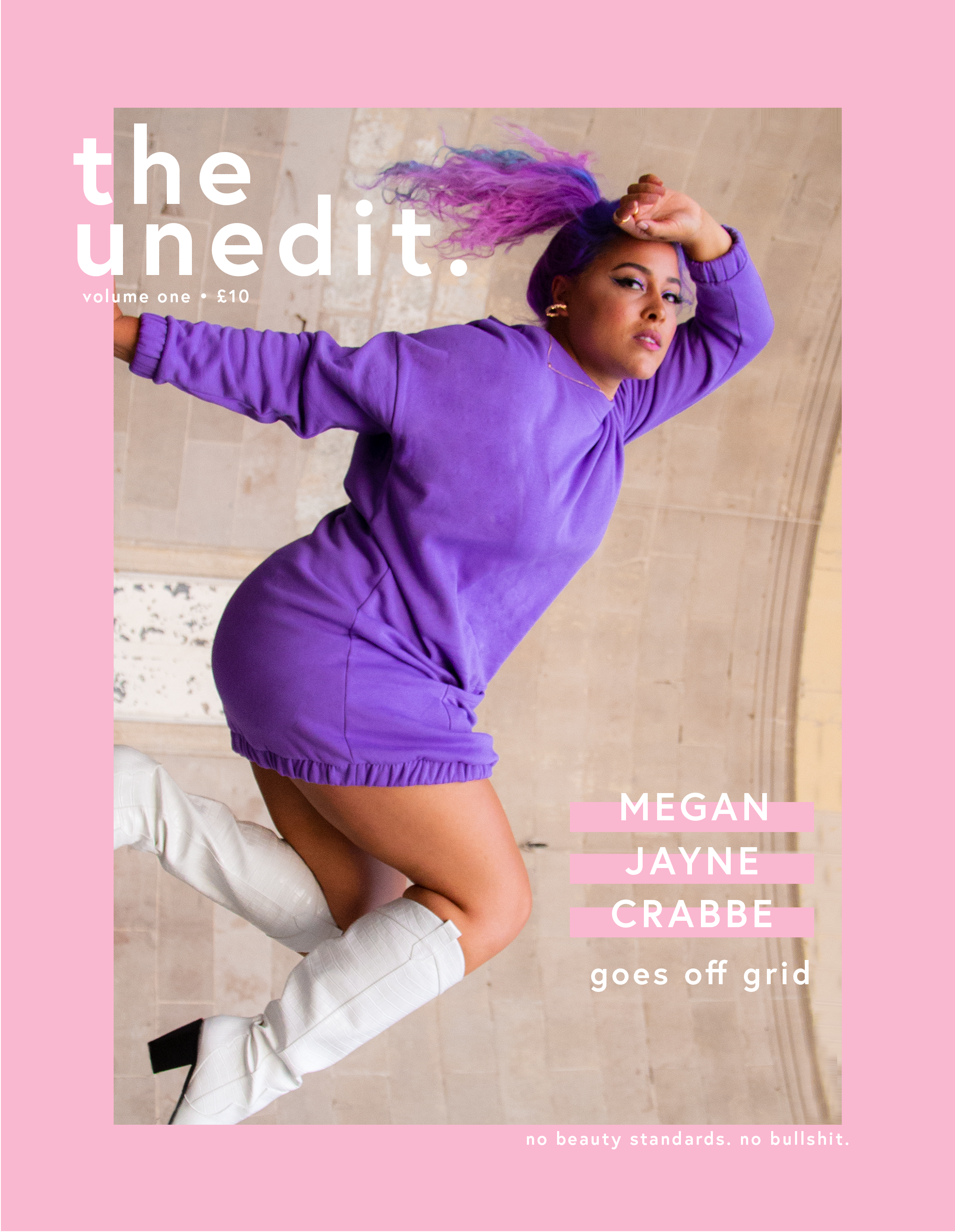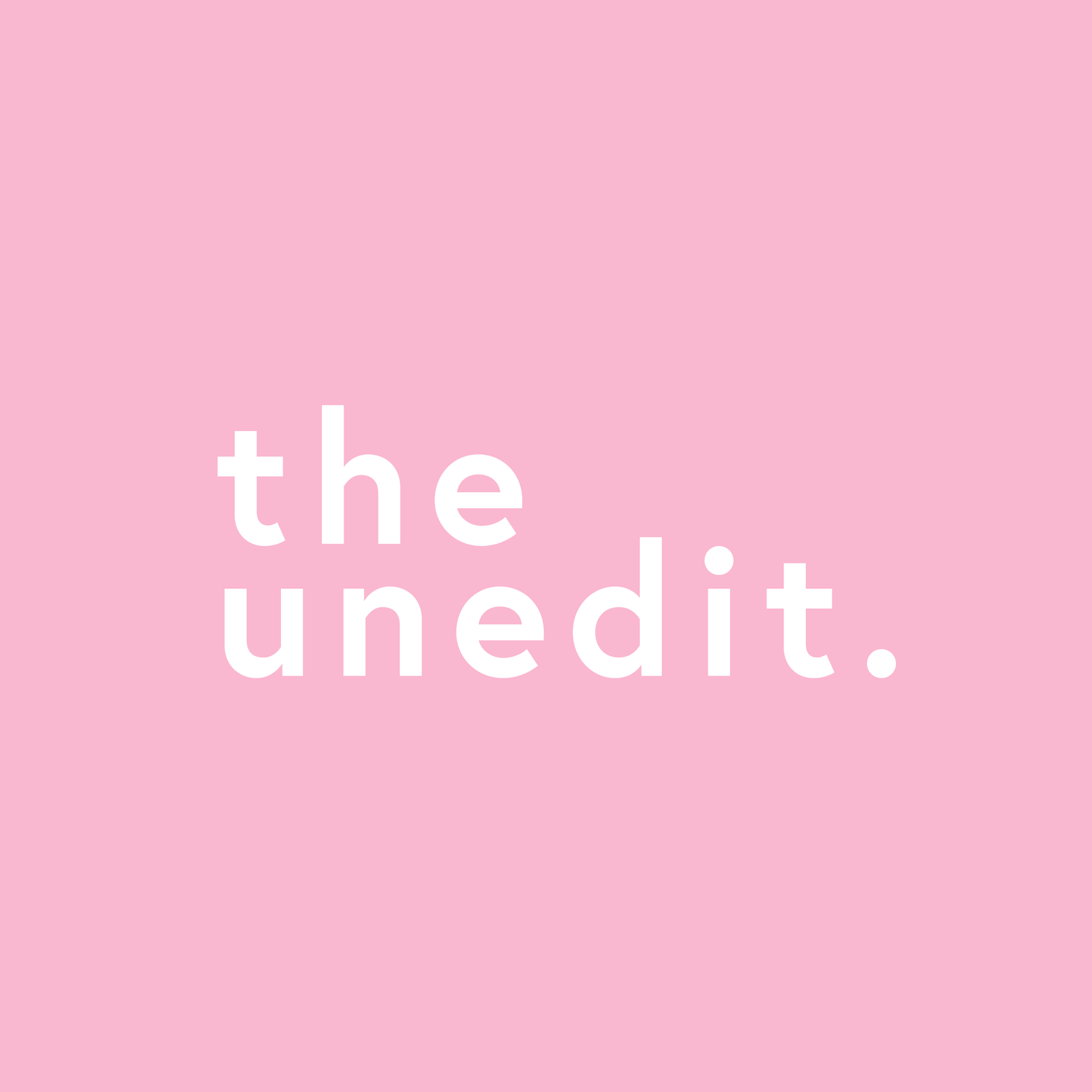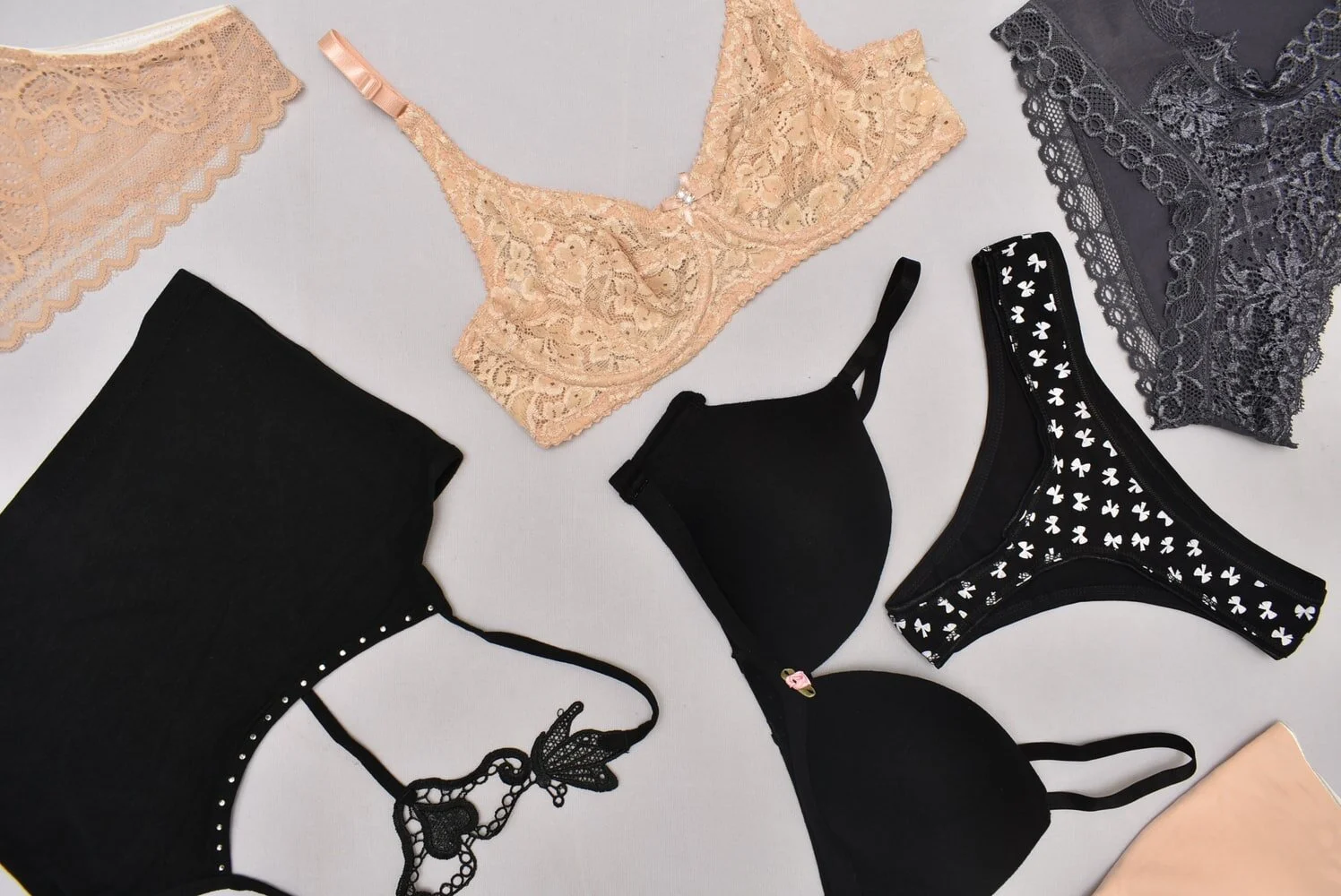A Decade Of Instagram: How An App Impacted Body Image And Redefined Beauty Standards
Depending on where you sit on the Millennial spectrum, you may or may not remember the way in which Instagram made its way into your life. I was fairly unbothered by it initially; I remember my first post on its grid was a poorly shot pile of packed bags, with a hideous filter that I thought was super cool at the time. I was a fresher in uni and caved to download the app as my peers were creating accounts too. I remember the innocence of it all, and the simplicity of its (then) only feature: taking a squared photo in-app, whacking one of their filters on it, and then uploading for your followers. There were no signs of dog ears, or AR, or face-distorting options, just a series of presets that, to our way of thinking, made our mundane photos just that touch edgier. I can’t exactly recall when Instagram’s purpose changed for me, but it didn’t take long for my unbothered attitude towards the app to shift. Instagram is turning ten, so I decided to take a stroll down memory lane and look at the ways that Instagram has, somehow, both ruined and saved my life.
Beauty standards have long existed prior to the creation of this little (big) photography app, but a decade into its existence and they’ve actually been completely redefined by it. When the feature to upload from your camera roll came along, I was overjoyed, because it meant that I could take a zillion photos beforehand, and scrutinise every single one before so much as even opening the app. It meant that I could take photos and upload later, but it also meant that, like so many others - celebrities, models, and mere mortals alike – there was now an opportunity to retouch and edit your photos before sharing them, expanding the ways in which we could manipulate our content beyond hoping that X-Pro II or Valencia could make us appear that little less tired. Though, of course, I’d gloriously dabbled in selfie culture in the days of Bebo and Facebook years before, there was an added, indescribable pressure that came with Instagram.
It was when we had more control over what we could we post and when we could post it that the real notion of feed curation began to emerge on a wider scale. Its evolution over the past decade, in hindsight, is actually quite astounding; careers have been launched and icons have been born on Instagram – for the most part, thanks to how their content has been selected and how their feeds present to the rest of the world. Even beyond having more choice of our own content, the camera roll update made room for more deception online, such as catfishing and accounts faking luxurious lives consisting of private jets and remote island sunsets – and both continue to flourish in the current climate of social media. Instagram became a platform for scammers (otherwise known as #FlexOffenders) who sought clients for their business and mentorship programmes by showing off their (fake) wealth. This ability to fake a presence online does harm beyond those who fall victim to it, but to those who are exposed to it in a way that – combined with what they see from celebrities and big-time influencers – pushes a new era of aspiration, which ultimately plays into self-esteem, body image, and our own self-worth.
A pile of baggage wouldn’t get into my camera roll now, let alone be published onto one of my social media channels. Not only is that because nobody actually gives a shit about it, but also because what’s become acceptable to post has varied throughout the years, and I’m fairly certain that the goalposts will continue to move as the app steps in to the future. You only have to look at your own feed’s history – on the basis that you didn’t wipe or archive all the cringe away – to see that your account may have served a multitude of purposes for you, or perhaps you even set up additional accounts to allow it to serve these purposes simultaneously. I have no idea how on earth my feed matured from a photo of my literal bagger to my emotional and psychological baggage. Ghosts of Instagram feeds past served as food journals, exercise diaries, and a physical presentation of my quickly shrinking body and thigh gap development as I fell further into yet another grapple with bulimia and exercise addiction, not to mention my obsession with ‘clean eating’. In many ways, that was a problem external to Instagram, but the thin, toned, green smoothie drinking women that I endlessly scrolled through on my feed confirmed two things to me: it was cool to be in the gym 24/7, and my body still wasn’t good enough. Between the constant of bombardment of ‘perfect’ bodies, and the easy access I had to pro-and and pro-mia accounts and their content, Instagram was one of my most easily accessible triggers, and a dangerous place. And whilst the app is constantly reviewing and updating their guidelines and safeguarding measures, it still kind of is.
Instagram changed the way I looked at my body and my life, mainly the former. Whilst I’d struggled with body image, and my overall appearance from a really young age, Instagram was the most blatant form of propaganda that told me I looked nothing like those other girls. I’d never set foot in a gym before I started following fitness influencers and Insta-trainers online. I’d always known that thin was in, but I’d never quite found myself striving for a defined core and sculpted thighs in the same way that I had before – I just wanted to be anything but fat. But a harder, overly toned body became my goal thanks to fitspo trends on Instagram. The Kardashians – or more so, their bodies – are undoubtedly a large component of the current beauty standards within our society, without social media’s input (thanks, reality TV), but that combined with their presence on Instagram and other social media platforms have reaffirmed their body as the ideal (remember that Instagram was the birthplace of #bodygoals). Also, the emergence of ‘the Instagram Baddie’ has paved a newer update on the beauty ideals before it. It has an air of Kardashian (probably more of a Kardashian-Jenner fusion) and meets a list of physical criteria as well as the additional pressures of wearing full glam and up to date fashion trends. The millions of likes – not to mention the lengths some women go to get them – confirms the level of adoption that this new ideal has reached, once again, all from gaining traction inside the Instagram app. After all, the app has generated so many global trends, and beauty and body trends are no exception.
Much like Instagram has encouraged useful ‘trending’ habits, such as cleaning (Mrs Hinch), tidying (Marie Kondo), and organising (The Home Edit), it’s also encouraged retouching (Facetune-like in-app filters), dangerous diet products (Skinny Tea et al.), and unhealthy attitudes towards nutrition and exercise (faux dieticians and trainers selling their ‘expertise’). Whilst on the one hand, Instagram’s trend-led nature opens us up to a multitude of opportunities and wonderful things (who doesn’t love a rainbow-coordinated bookshelf?), damaging perpetuations of diet culture and beauty standards are still heavily prevalent on the app. When it comes to Instagram – and it would be unfair to not rope other platforms in with this too – likes, shares and overall virality has amplified the kinds of bodies that are truly celebrated or desired by society. Take for example, the comments sections of a leading straight-sized influencer, and that of a leading plus-sized influencer. Both may have an issue with trolls, but it would be as clear as day to see who suffers from it the most, and more often than not at the expense of their physical appearance. It’s a much, much uglier place.
There’s no telling what Instagram will look like in another ten years’ time, or if it will even still exist, but we can remain hopeful that it won’t descend into a complete cesspit. It will never be perfect, because there will always be people out there who want to create a toxic environment, but changes can be made to make it better. But, for all its faults, it isn’t totally bad. When I wanted to, I was able to find harmful content in ED communities forged within the app (something now somewhat more challenging – but not impossible – thanks to new regulations). But also, when I wanted to, I was able to use Instagram’s communal aspect to discover, explore and be saved by the body positive community, which is nothing short of ironic considering my history with the app. When I began engaging in the space, it was pretty small, before it became a mainstream buzzword or a bandwagon to jump on. The community was small, but it provided me more of a home than any pro-mia/fitspo/Slimming World community could have ever given me, and it blew my mind that they all existed within the same universe. In one breath, I would say that Instagram brought my more insecurities than ever (and if you knew me then, you’d be amazed that was even possible), but in another, I’d say it’s brought me more joy through peace with my body and newfound friendships than I’d ever imagined possible.
Photo credit: Kate Torline
Want to support The Unedit and the work that we do? Buy us a coffee.








